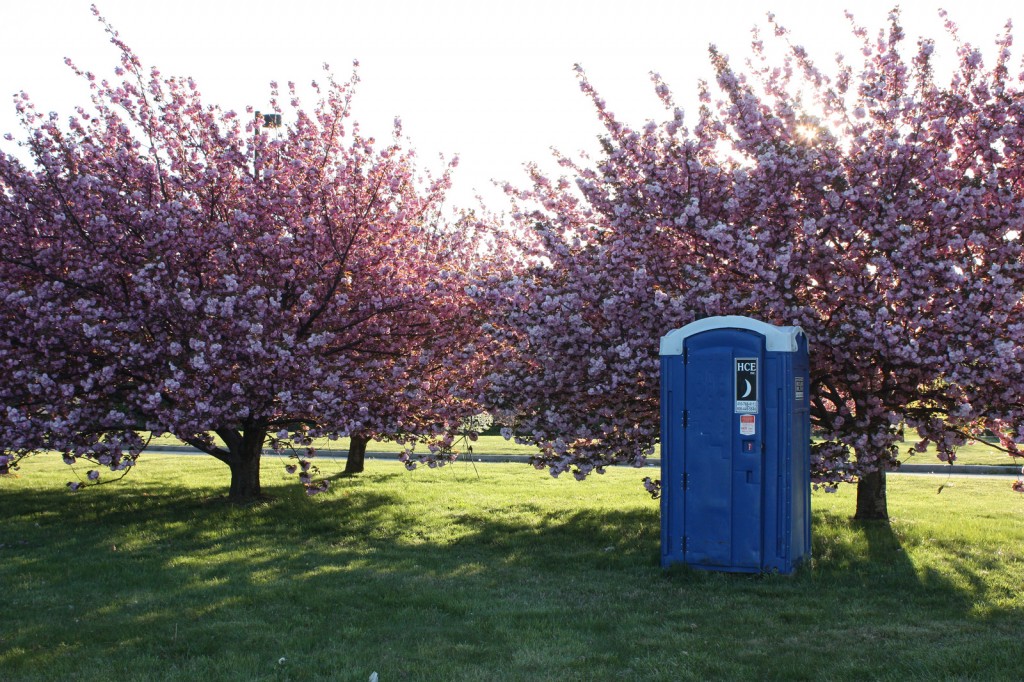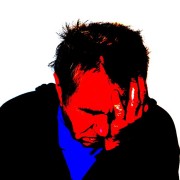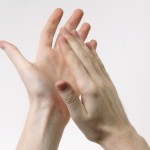Adult Incontinence Facts
 Adult Incontinence is a normal part of the Aging? – Who ever said that. Get the Facts!
Adult Incontinence is a normal part of the Aging? – Who ever said that. Get the Facts!
Incontinence is not a disease but actually a symptom of an underlying health problem. Unmanaged, it can lead to isolation, stigmatization, embarrassment, and even feelings of depression. The good news is that it can always be effectively managed and very often cured.
Urinary incontinence, simply speaking, means a loss of bladder control. If you leak urine (pee) when you laugh, cough, or sneeze, or experience sudden and strong urges to go to the bathroom, you have urinary incontinence. It is far more common than you might think.
Today, approximately 3.3 million adult Canadians have incontinence. This number includes people in their 20s through to their 60s and beyond – it doesn’t just affect the elderly.
If you are experiencing incontinence, or if you care for someone who has it, you know that it can cause feelings of frustration and embarrassment. Fear of urine leakage can affect your lifestyle and your relationships, but it doesn’t have to.
With the right information and treatment, bladder control problems (incontinence) can almost always be cured or managed.
Background
It is estimated that more than one in five senior adults in Canada experiences some type of bladder control problem, resulting in an involuntary release of urine. This condition is known as urinary incontinence. Again, it is not a disease. It is a symptom of some other problems with the body.
Incontinence can have devastating effects on the lives of seniors. It can limit social contacts due to embarrassment, can negatively affect feelings of well-being, and can also cause stress, leading to other health problems. Fortunately, there are a number of treatment options that can help restore quality of life for people with bladder control problems.
Different Types of Incontinence
There are four basic types of incontinence: stress, urge, overflow and functional. They may occur alone, or in combination, especially in seniors.
Stress incontinence is the involuntary leakage of small amounts of urine in response to increased pressure on the bladder (e.g., when you sneeze, laugh, cough or lift something heavy). It is present in about 35 per cent of incontinent seniors. It is more common in women, often because childbirth caused the pelvic muscles to relax. It also occurs, usually temporarily, in men who have had prostate surgery.
Urge incontinence is the leakage of large amounts of urine when someone is unable to reach the toilet after getting the urge to urinate. It accounts for 60-70 per cent of incontinence problems in seniors.
Overflow incontinence accounts for 10-15 per cent of urinary incontinence. It occurs when there is an obstruction in the bladder, which causes the bladder to overfill. Often, there is no sensation that the bladder is full. Then, when the bladder contracts, urine is released.
Functional incontinence accounts for 25 per cent of the incontinence seen in institutions. It often happens because a person has difficulty moving from one place to another. Poor vision, hearing or speech may interfere with reaching the toilet or telling caregivers of the need to use the toilet. This type of incontinence can also occur in the home.
Causes of Incontinence
There are many things that can cause loss of bladder control, but it is not a normal part of aging. It can sometimes result from a urinary tract infection, constipation, taking certain medications, a stroke, or an enlarged prostate. Depending on the cause – and there are many – urinary incontinence can be either temporary or ongoing.
Some of the causes include weakened pelvic floor muscles, diseases (e.g., muscular sclerosis, Alzheimer disease, Parkinson’s, diabetes), stroke, injuries and the side effects of surgery. Incontinence is not caused by aging.
Certain prescription and over-the-counter medicines may be contributing factors. For example, diuretics (water pills) may bring on sudden incontinence. Also, heart and blood pressure medications may reduce contractions in the bladder. This could cause urine to be retained, leading to overflow incontinence.
Food and drink choices may also contribute to the problem. Alcohol can alter memory, impair mobility and cause increased urine output. Sugar can irritate the bladder. Caffeine, which is found in coffee, tea and chocolate, can cause the body to shed water.
Other factors that may contribute to incontinence include the following:
- constipation – this can block urine flow and/or cause urine to be retained
- bladder infection – this can cause or worsen urge incontinence
- drinking large amounts of fluids — this can cause increased urine output
Other probable causes:
- Polyuria (excessive urine production) of which, in turn, the most frequent causes are: uncontrolled diabetes mellitus, primary polydipsia (excessive fluid drinking), central diabetes insipidus and nephrogenic diabetes insipidus.[3] Polyuria generally causes urinary urgency and frequency, but doesn’t necessarily lead to incontinence.
- Enlarged prostate is the most common cause of incontinence in men after the age of 40; sometimes prostate cancer may also be associated with urinary incontinence. Moreover drugs or radiation used to treat prostate cancer can also cause incontinence.[4]
Disorders like multiple sclerosis, spina bifida, Parkinson’s disease, strokes and spinal cord injury can all interfere with nerve function of the bladder.
Treating Incontinence
Treatment depends on the type of incontinence you have, your age, medical history, and how you choose to proceed.
The first step is to have your situation assessed by a medical professional (e.g., a knowledgeable general practitioner, a physiotherapist who specializes in incontinence, a Nurse Continence Advisor or urologist). An assessment will include a medical history and physical examination, a mental assessment (if indicated), and an assessment of your surroundings.
Some experts suggest keeping a “bladder diary” for a week, writing down the time you use the toilet each day, any accidents or leakage, the possible reason (if known), and the amount and type of fluids you drink. From your bladder diary, your health care provider will be able to see the patterns of your incontinence, including the frequency and severity. Together, you can discuss the best treatment for your particular situation.
Conservative treatment options include the following:
- strengthening the pelvic floor muscles by doing Kegel exercises
- bladder retraining — this can be very effective in treating urge incontinence. Using the information from the bladder diary, the patient and health care provider devise a schedule for urination. The time between trips to the toilet is gradually increased
- dietary changes — it may be helpful to limit alcohol, sugar, artificial sweeteners and caffeine. It is also important to drink lots of liquids, especially water, and to eat a diet high in fibre to avoid constipation
- modifying your surroundings so it is easier to reach the toilet (e.g., installing a higher toilet seat or bathroom grab bars)
- making sure your clothing is easy to remove or undo
Other conservative treatment options your health care provider may suggest include vaginal weight training, biofeedback and electrical stimulation.
Less conservative options include medication and surgical treatments, such as bladder suspension, artificial sphincter and collagen injections.
Minimizing Your Risk
If bladder control problems are affecting your quality of life, talk to your health care provider about the possible causes and the treatment options that can help you. Try not to be discouraged. In most cases, incontinence can be cured, treated or managed.
Public Health Agency of Canada’s Role
The Public Health Agency of Canada is committed to promoting and protecting the health and well–being of Canadians. Its Division of Aging and Seniors gathers and disseminates information to help seniors make healthy lifestyle choices and maintain their quality of life as they age.
Our Role
Notwithstanding the aforementioned article, incontinence among the elderly continues to be a challenge for seniors and caregivers alike. Particularly when caregivers are family members who feel uneasy about having to deal with implemented incontinence management strategies (adult incontinence pads). We at In Our care – Home Care Services understand these challenges. We are committed to helping seniors and their families understand physical changes and implement care plans that sustains dignity, manages challenges and promote well-being. We do this in your home, there is no need to institutional care.
Contact us… we care and we can help.





